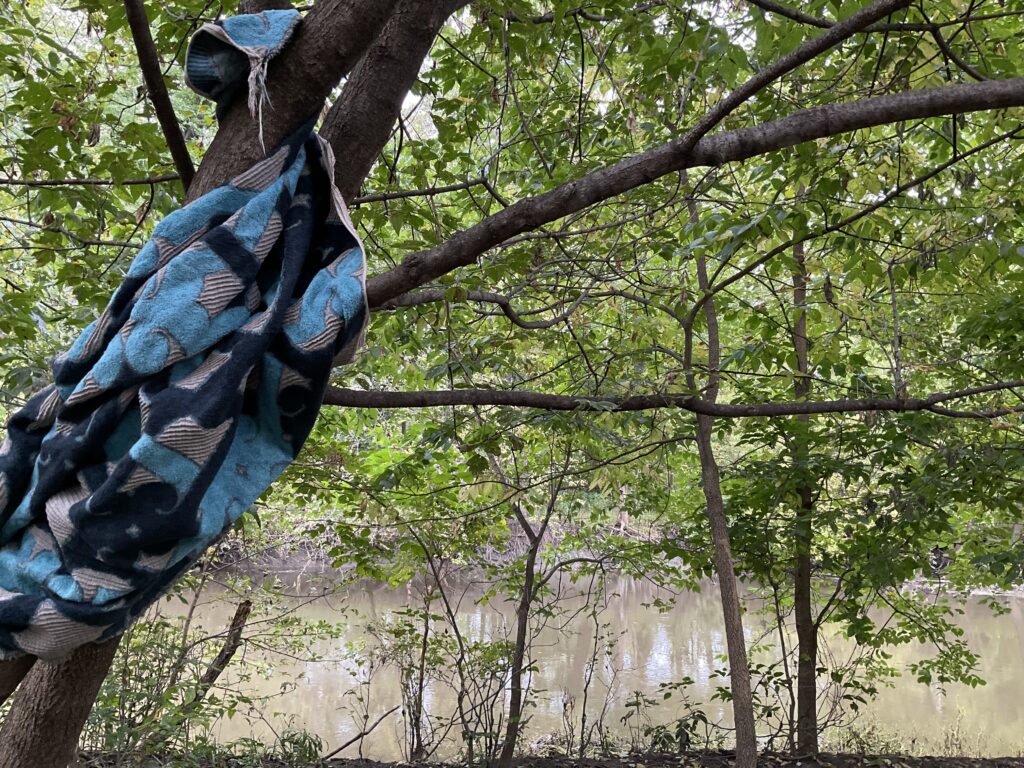Documenting the End for a Beginning
How to capture a performance that has not yet happened: a vigil as art practice, an obituary for liveness

What lies here, italicized, serves as documentation of a work of art made. It was formed in collaboration with Lisa Loew, a Chicago-based stylist and musician, plus many significant individuals who can’t be named because this work has not yet happened; they are not yet involved. Please be in touch if this is you.
With this project, my action was in the role of a death doula, in service of another and their friends and lovers, who were doing the same and more. Ideas were spoken about creating an ideal space for one’s last days and hours, calling forward comfort and naming desires: a preferred lighting look, the sounds and textures most wanted, least wanted, the feel, the energy. Arrangements for the time were made by me and Lisa, contact was made with those who would draw near. Songs were found, the candles, the grove of trees, the vintage robe, the bench overlooking the bridge in 1970s film aesthetics, the room filled with fish tanks. We brought ourselves as workers, we shared there, and, with respect, we left the brilliant, idiosyncratic details to those who carry the context. Potential solaces of poetry, visualizations, familiar structures that encourage sharing of remembered stories and touch were prepared. Time was filled by holding hands, a gesture for underlining closeness or heightening awareness, a reminder to look both ways when crossing. We stayed awake.
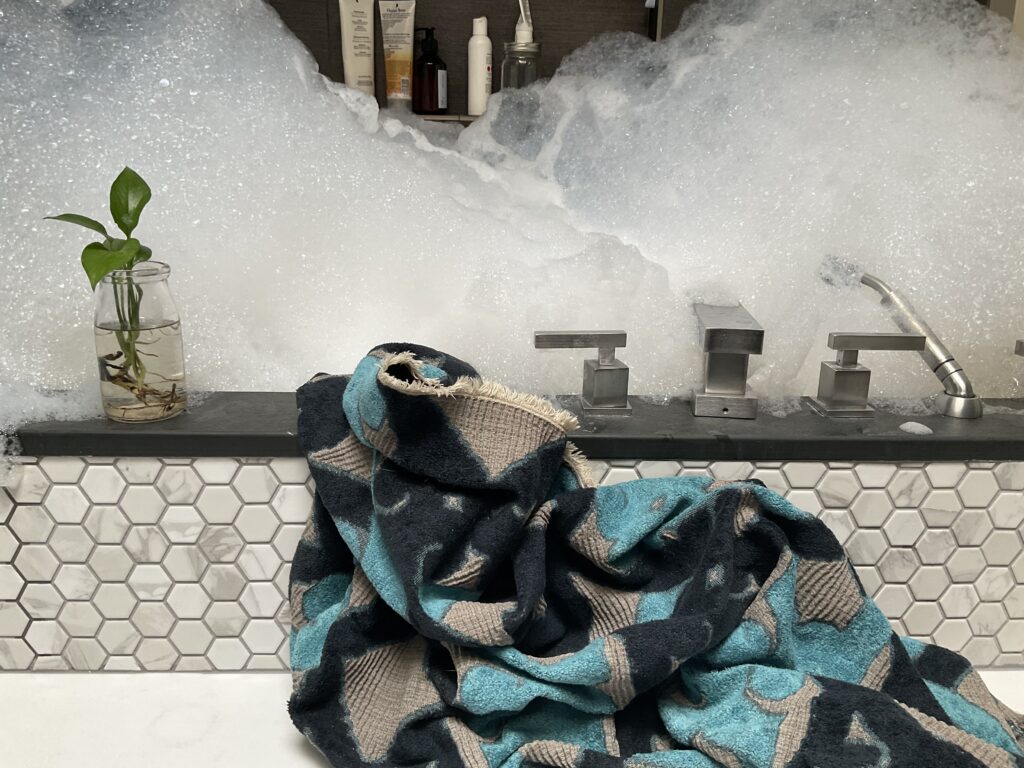
We know this happened because we were there. A performance that is not digitized, does it make a sound? I’ve heard the conversation begin, after artist talks and while planning for events. Alternate, more lasting media intervenes to capture live or ephemeral art. The conversation has not yet ended; I don’t believe it has even reached the fullness of its life. We remember as complex, sensorial beings, but a still image replaces a moving work. Relational nuance is trimmed to fit a 50-word field. The field of sunflowers does not exist to benefit Instagram. Invisible work does not amount to functional survival in a capitalist world. We talk this heartwarming, Christmas-story talk—some things don’t fit in a package—and then set a lofty gift exchange minimum.
It is becoming ever more difficult to swallow the strained ethics of asking collaborators in intimate, experiential work to expose themselves so that I can make an overly orchestrated video, a dramatization, to appease funders. If only their vulnerable involvement did not need to intertwine with my attempt at “career” or livelihood. We are programmed to see vulnerability as weak and unwise, though we began this way and will end this way. We cast off individuals in need of external support—physical, practical, financial—as undesirable or criminal. This habit has been passed on for generations. We avoid vulnerability, or cannot find safety within it, until we no longer have a choice. And when a need for pause, reset, reassurance, rest is recognized, too often, the competing force shows up early to “help.”
The individuals we came to honor were self-selecting, or, sometimes, encouraged by a friend. They were not distinctly at the end of their lives, or seeking it, but were motivated to join in the experiment of pulling forward, and trying on meaningful “final” space as they would most want it, according to now. Together, a space for active dying was realized, a vigil. From this planning and action, love, comfort, and self-advocacy was sensed. We noticed how centering this appreciation now might shift the path forward; we recognized that an embodied preparation had been willfully made for a future end.
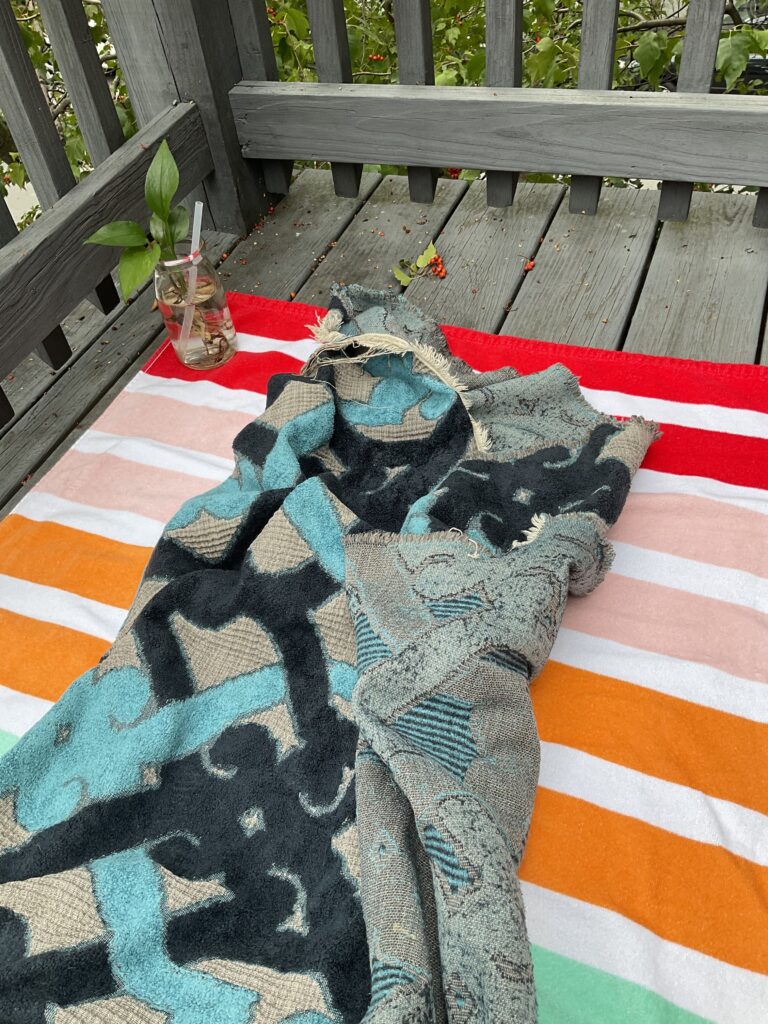
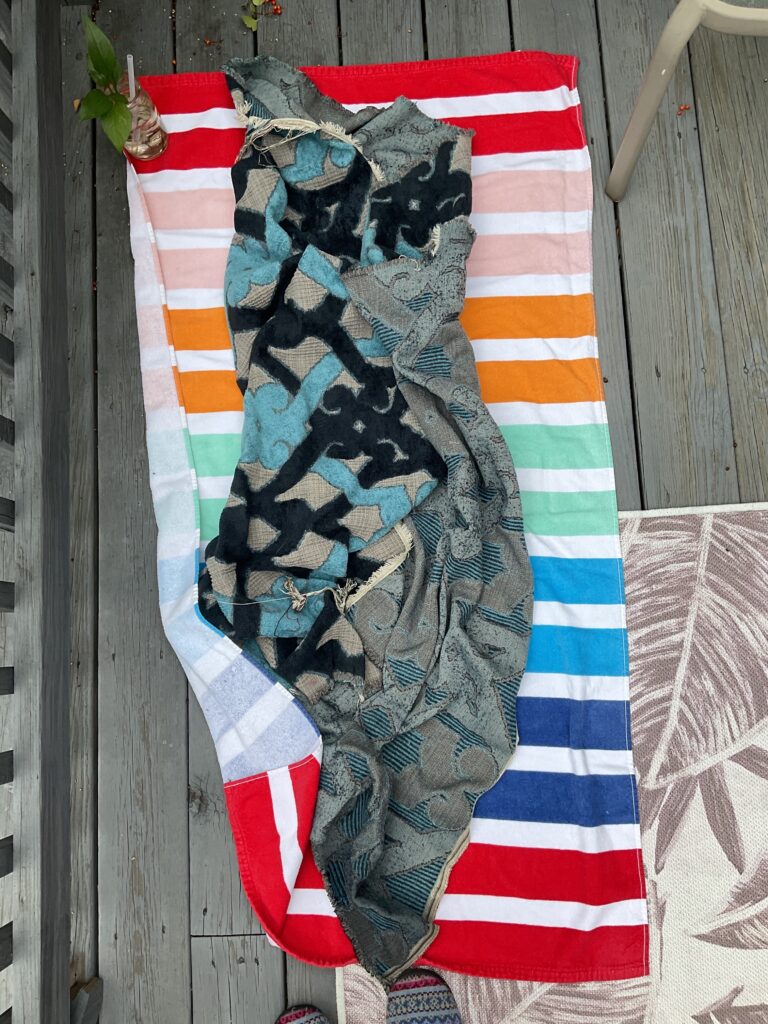
Because this project was made with ample resources (please be in touch if you can assist with this), it was possible to support people within exquisite moments, some of which might not otherwise be “feasible” or realistic in certain states of health, or because of specific bodily needs. Vigils were felt on rooftops, in created homes, in water, in the future. The dying ate, sang, enjoyed their company, spoke freely, and were heard. Beautiful stillnesses were rehearsed, with time passing outside of their expected utility to the world around them, their success already complete, being now with ease their only task. Moments were surreal, moments were dull, moments were full, and it was all really fucking beautiful.
How does one even begin to capture what is true—an experience, an exchange of sensation? And why do we try? Documentation seems to me to be an object of proof, often provoked by fear, and crucially necessary. When seeking a safer home, an apartment or a country, we are asked to document to prove our rights and our worth. Institutions of many kinds ask us to document to show that hard work and due diligence was indeed performed; we invest effort and money into documentation in order to secure multi-faceted survival. Or, we do this for the sake of our misadjusted egos, the fear that the world will realize we are just exactly as important as everyone else.
Documentation is not the thing itself, or even a record. A record might hold simple accuracy as its highest value, but a document intends to persuade. Artists put forth edits of what they have already said and made, their best material dressed up by professionals with equipment who ask for fees common to another industry’s price bracket. The artist’s genuine curiosity enters into the rat race, devalued and dismissed.
Those nearing death might take a few steps back and consider what might allow them to continue on: a legacy, made in the form of a recipe book, a narrative on paper, a tradition of break room antics, a section of plants given to fit the composition of a new yard. These are highlighted pieces of life distinctly important to the ones left holding. This is value. Though the legacies—and artwork—most recognized come in the form of money.1
Artists find storage to house worn and laundered costume pieces from past performances, and fill hard-sided, thrift store suitcases with old journals of ideas and rehearsal notes, yet these items cannot—would never—be submitted for the Guggenheim. In my home, my young child’s paintings share wall space with Raphael Soyer and Rothko. I bought that Soyer print for cheap, at a flea market in Woodstock on a Mount Tremper trip, because the woman looks like Alexis, and I remember the night I carried the Long Jean Silver painting home on the train, full of wine, because fresh space was needed in Yasi’s studio. The work is static, but they are still ever-collecting repositories for lived experience, if you want it. I have never watched a friend’s work sample reel with my feet up. And I can’t recall, but I know I have lost plenty of time hunched over a computer disagreeing with my own.
So, consider, this is the document for this work, and this is the lasting evidence of an intangible “product.” To be totally clear, this piece in italics has not yet been made, but the documentation is happening now, here. “In fact,” it was all really fucking beautiful.
May this work rest and be free of dysfunctional and demeaning requirements.
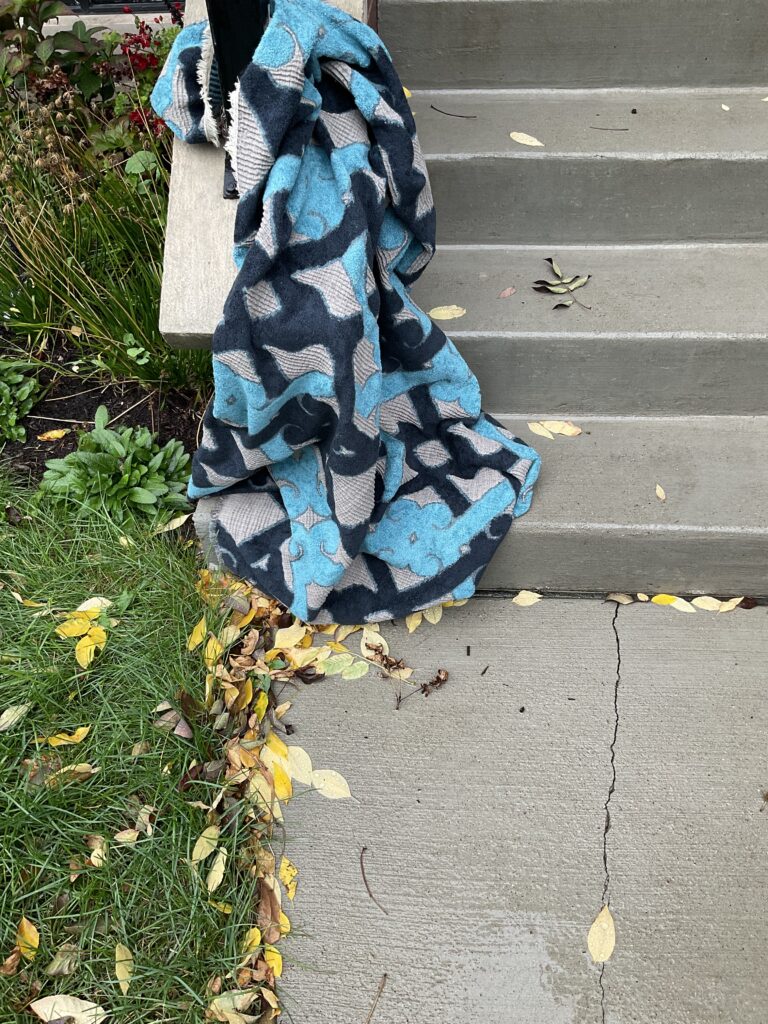
Photo: Lisa Loew. 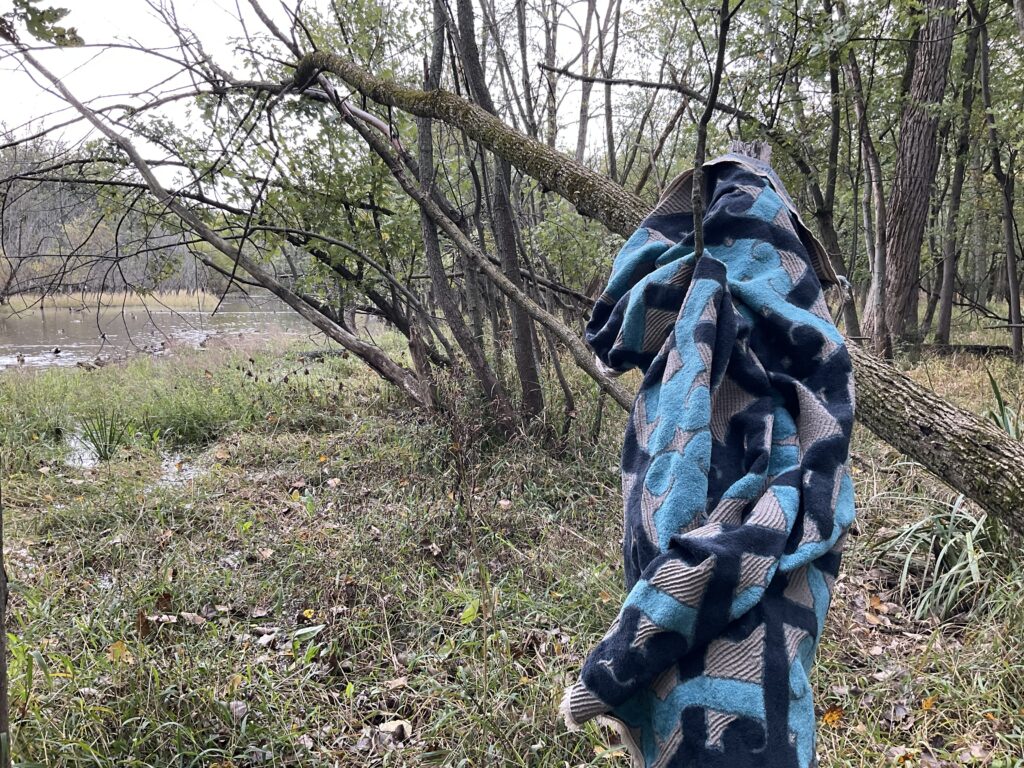
Photo: Lisa Loew. 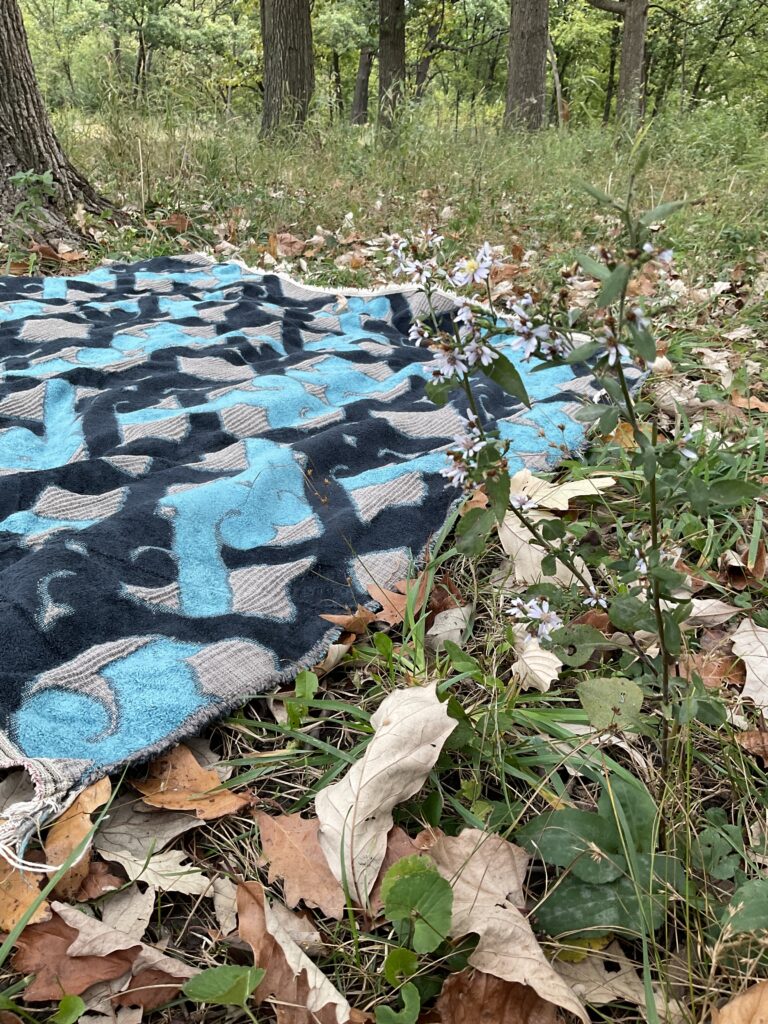
Photo: Lisa Loew.
Afternoon, after a bath, yes, full body hydration, in the soft sand beside the river, lines were formed by small rocks like cars outside a strip mall, an ox held her giant head near, spirals were suggested. Under a plush blanket that rested with their grandmother recently, in her own hidden and glorious last breaths, patches of gauzy medical tape remain stuck. Eyes were open to people passing by, enjoying their leisure and togetherness. “When I tap, I tap like this,” inner eye point, outer eye, under the eye, upper lip, under lips, collarbones. (Clears throat.) Both spoons at once. Boats, boats, boats, boats, boats.
If that doesn’t sound right to you, if that doesn’t sound fair or accurate, or like something we were collectively able to fund or achieve in a way that meets the standards within your mind, that’s fine, because you can do it however you want. Remember the thrill of sitting through, and mentally recomposing, a show you didn’t like—and then remembering that you can, and will, do something differently in your own rehearsal tomorrow? And I don’t know what it was yet anyway. But this work is none of your business. At least it’s not business, or pretending to be any longer. There are a lot of reasons to make art that aren’t your reasons.
And you may think me incorrect to align documentation with art at all, or a vigil, for that matter, though the finger pointing and the “What is art?” conversation seems very old and tired. There are many strong-hearted workers quietly striving to rearrange what the death industry has altered about the dying process; neither their work nor this project are original or innovative. Loving creatures have gathered around their dying neighbors for always. As has situating, and resituating, death within an art realm, and handling it mindfully, experientially. I see it happening now in this local community and beyond, and we need it all. To hold a vigil, to bring a gentle, outward-looking awareness to a situation, to reflect on and communicate true experience from one’s internal world: it sounds like art practice to me, or what it should be.

Photo: Lisa Loew. 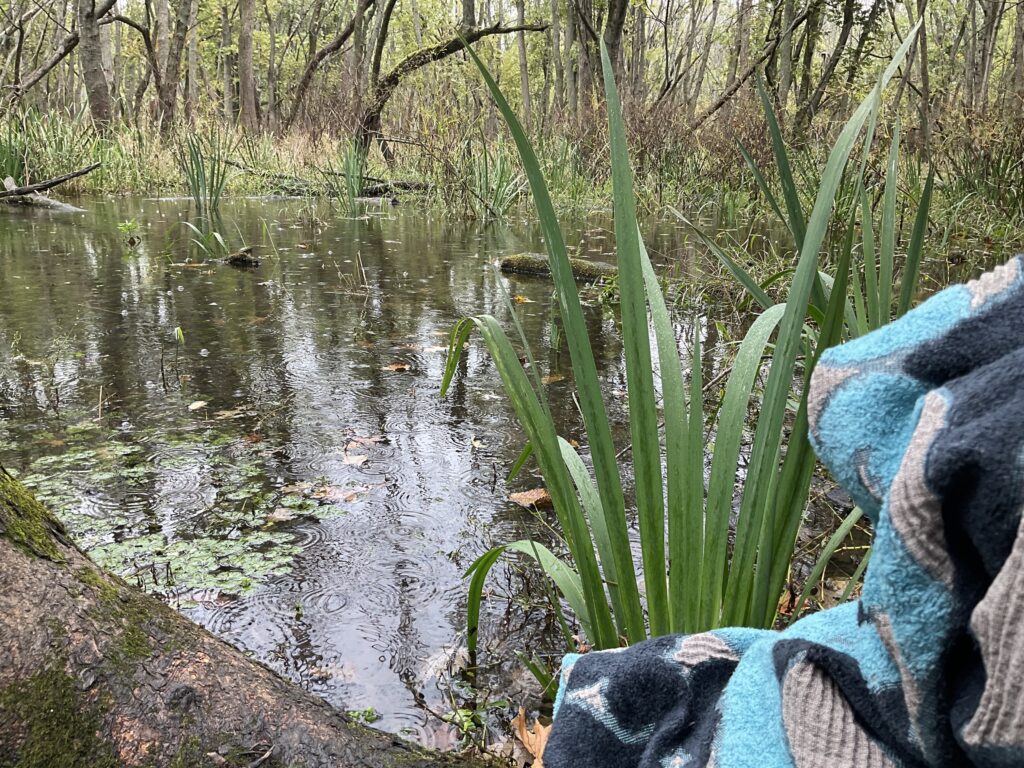
Photo: Lisa Loew. 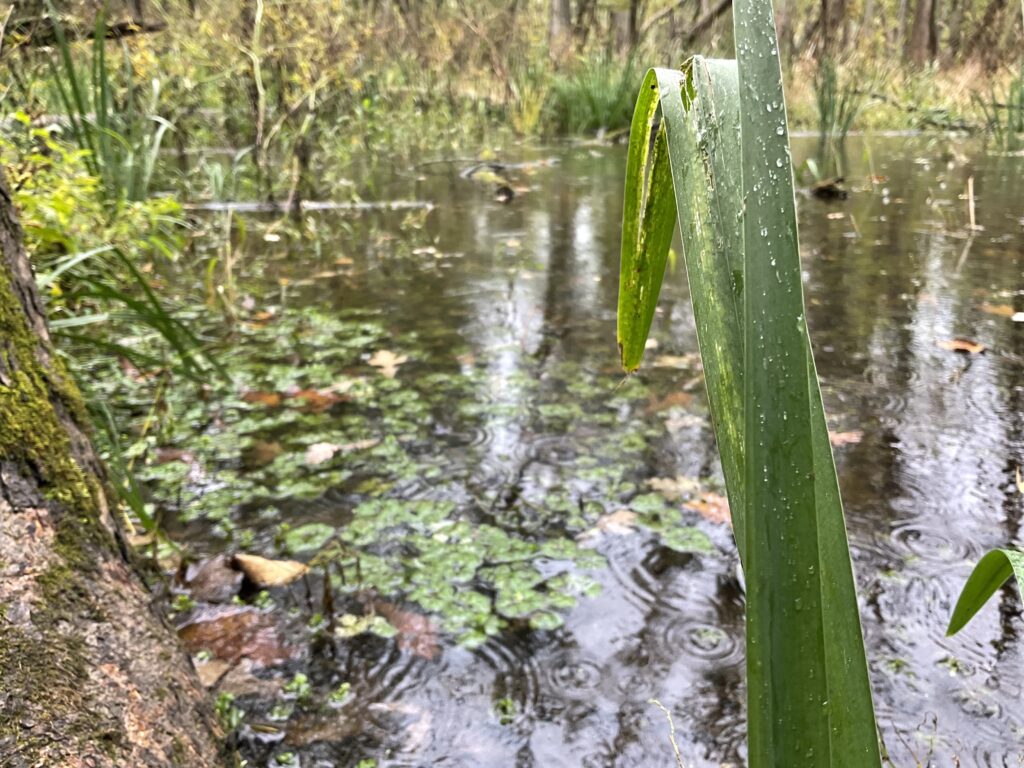
Photo: Lisa Loew.
I had the honor of art modeling for Ophrah Shemesh for a handful of years. Ophrah Shemesh is a devoted and assiduous artist and educator who makes highly dynamic and emotive figurative paintings in egg tempera and oil. I met her when assigned to her class at the New York Studio School and was fortunate to witness her teaching there, as well as work with private students and in her own process. As a freelance art model, participating with many artists in work made from life, I saw how many “still” proprietized that relationship and thus minimized the lives represented, the artists’ own and mine. Though Ophrah was my teacher, my family, my touchstone, and whole life exists in her studio and classrooms. Her words were posted recently: “It’s good to remind students that the most important thing is their inner life, to nurture the spirit within, and that will reflect on the history of art. Art derives from life, and creation is the only thing you can control.” If creation is what we can control, death is exactly what we cannot, unless perhaps we make it, momentarily, art—I wonder?
This content may be way too close for comfort at this time. Your reading of this ceased a long time ago, if so, and you have gone on with your life and presence and forgotten this work ever happened. And still I’d be so glad to drop a pumpkin spice latte at your door (or another implement of joy if that’s too basic and aesthetically outdated.) These pandemic years have established a sense of repeating thresholds of uncertainty, a tunnel. This work may have never happened but it might not happen anyway. So, I’ll make it what it wants to be here for a few breaths. One more breath.
This work was preceded by Ophrah Shemesh (who I am unlucky to live a distance from now, though she continues to create incredible work, to be clear), Barbara Hammer (who probably holds the record for speaking “love” the greatest number of times within the walls of the Whitney in her time-based legacy/retrospective/living wake), Silvia Federici (who writes at the graves of witches and doulas, documenting the truth of what is buried there), Miguel Gutierrez (who has generously taken the time to pleasurably point out so many of the wrongs done to live art in capitalism, giving space for others to momentarily drop the burden of proof), Darnella Frazier (who made record of clear fact), Margaret Stringer. This live art is survived by everyone making live art, who is still, now, making live art, even though they are standing in that wet spot, the sinkhole in the kitchen that we’ve been asking our slumlord to fix, knowing it will let go and we will, again, have to say never mind to what we had been building, before it even becomes what it intends to be. And you, who is standing there, just peacefully trying to do your roommate’s dishes so you can share another meal together, even through you could probably figure out how to build a false floor, at least temporarily, because you are all skilled artists, though you are paying way too much rent to give that effort away too, because you’ve already given a detailed list of all the things that need fixing and the rats aren’t going to move out, you make me mind. Please be in touch if this is you.
